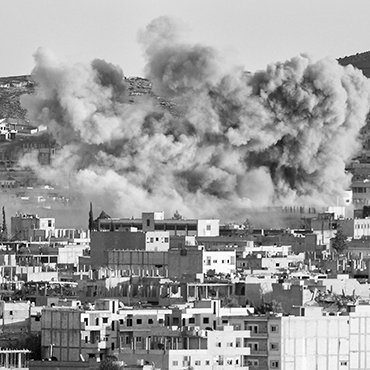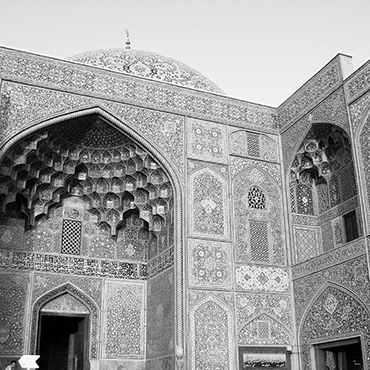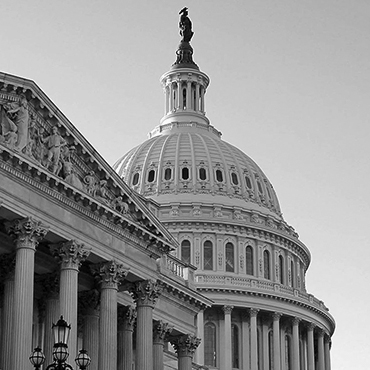THE PRACTICAL EFFECTS OF "MAXIMUM PRESSURE"
Despite official claims by regime authorities that Iran's economy is "back on its feet and growing," evidence is mounting that the Trump administration's "maximum pressure" campaign against the Islamic Republic is exacting an increasingly heavy financial toll. Over the past year, Iranian Vice President Eshaq Jahangiri has disclosed, the country's oil revenues declined by some 92%, from some $100 billion to just $8 billion. Foreign investment in Iran is dwindling as well, as more and more countries and businesses have opted to steer clear of the Islamic Republic rather than risk becoming the target of U.S. sanctions. According to the United Nations Conference on Trade and Development (UNCTAD), foreign direct investment in Iran declined by 26.5 percent in 2019, and now stands at its lowest level in nearly two decades. (Riyadh Al Arabiya, June 14, 2020; Radio Farda, June 17, 2020)
A NEW CAMPAIGN OF SABOTAGE
A spate of explosions and incidents of apparent sabotage have buffeted Iran's economy and created significant disruptions in its military-industrial complex in recent weeks. In late June, a gas tank explosion hit the Khojir missile facility, a key node that produces fuel for Iran's strategic missile arsenal. Then, in early July, an explosion and subsequent fire destroyed a center utilized for testing Iran's new generation of centrifuges at the Natanz nuclear facility. That was followed by two simultaneous incidents at a power plant and petrochemical plant in Khuzestan Province, as well as a later explosion at a gas condensate plant in Khorasan Province. Another set of incidents occurred in mid-July at a shipyard in Bushehr Province and an aluminum facility in South Pars Province.
The Iranian regime had taken pains to downplay the incidents, but speculation abounds that they are the result of a coordinated, state-backed sabotage campaign meant to disrupt Iran's nuclear and ballistic missile programs and critical industries. The likely culprit, observers believe, is Israel, although the government of Prime Minister Benjamin Netanyahu has so far taken pains to avoid claiming credit for the attacks. (Jerusalem Post, July 13, 2020; Jerusalem Post, July 15, 2020)
IRAN'S PROTEST WAVE REEMERGES
As economic conditions within the Islamic Republic continue to deteriorate, domestic dissent - temporarily quelled as a result of the coronavirus pandemic - has begun anew. Since mid-June, sporadic protests have broken out around the country over the skyrocketing costs of staple goods, and the all-out collapse of the Iranian rial, which this month was trading at its lowest rate in the Islamic Republic's 41-year history. The Iranian regime, meanwhile, has responded predictably, deploying security forces to break up demonstrations and temporarily disrupting internet connectivity in various trouble spots around the country. (London Asharq al-Awsat, June 12, 2020; Times of Israel, July 17, 2020)
IRAN'S CORONAVIRUS CRISIS, CONTINUED
In the early stages of the coronavirus outbreak earlier this spring, Iran emerged as one of the countries hardest hit by the pandemic. Since then, however, Iranian authorities have taken pains to downplay the extent of the domestic disruption caused by the disease, and moved early to reopen the national economy. It is becoming increasingly clear, however, that the results of these policies have been nothing short of ruinous. On July 17th, Iranian president Hassan Rouhani disclosed in a public interview that, according to internal Iranian government tallies, as many as 25 million people - or nearly one-third of the nation's population of nearly 85 million - have been infected with COVID-19 to date, and some 70,000 have died of the disease. The revelation demolishes the comparatively rosy official claims that fewer than 300,000 Iranians have contracted the disease so far, and fewer than 14,000 have succumbed to it. It also provides additional context to recent assertions by the country's health ministry that, amid a "second wave" of infections and hospitalizations surrounding the pandemic, the country was facing a critical shortage of medical personnel and hospital facilities. (Jerusalem Post, July 16, 2020; Washington Examiner, July 18, 2020)
Want these sent to your inbox?
Subscribe



